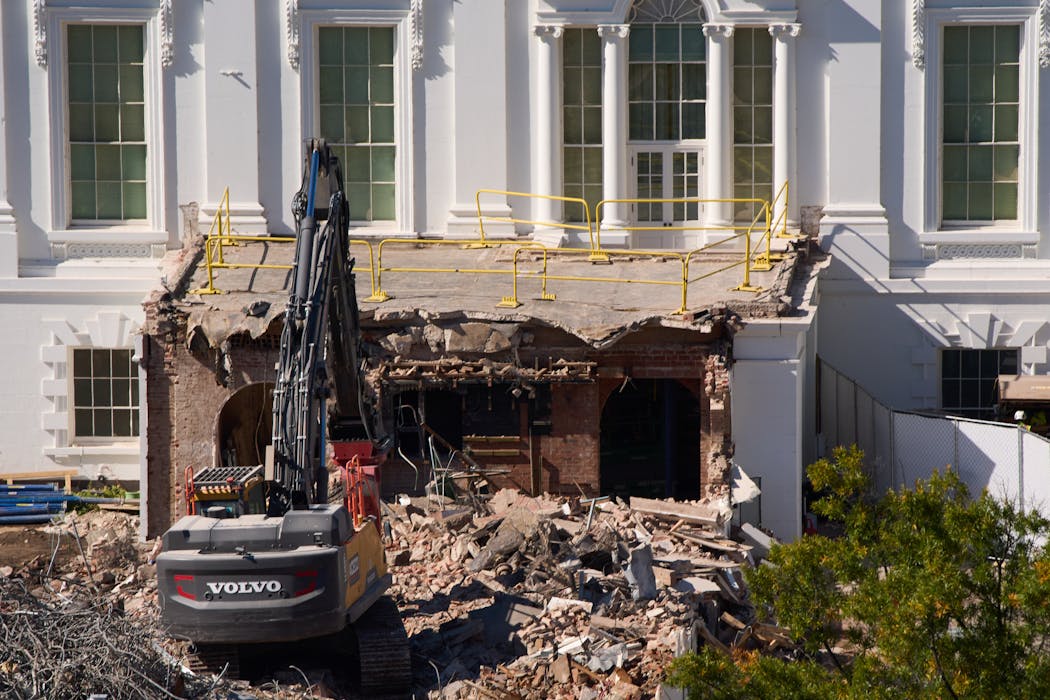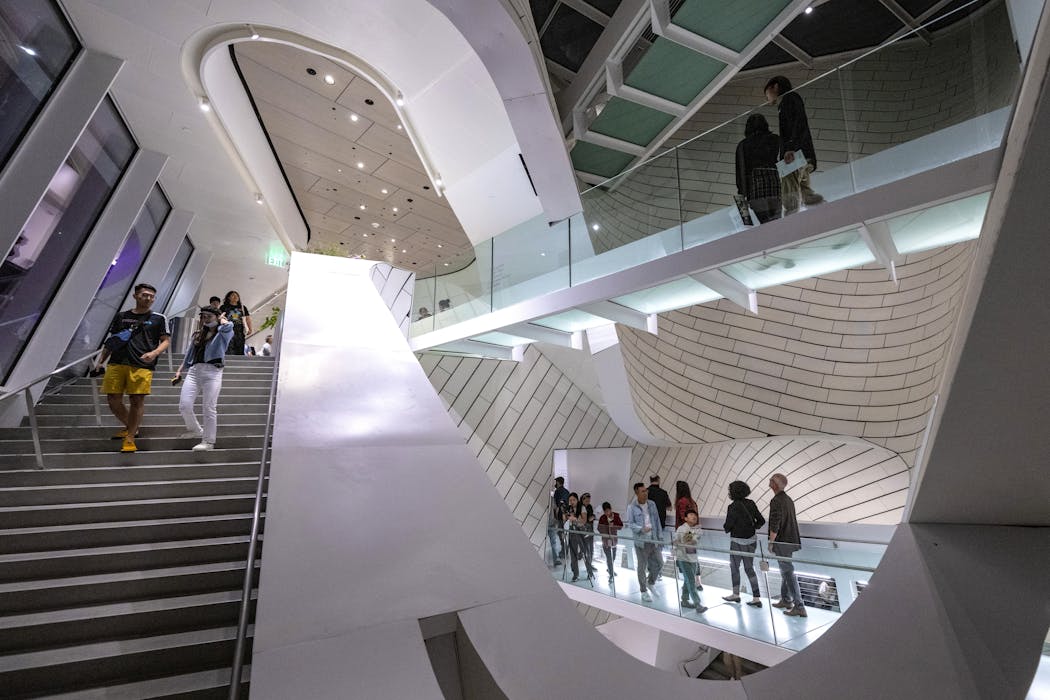Source: The Conversation – France (in French) – By Peter McGraw, Professor of Marketing and Psychology, University of Colorado Boulder

Plutôt que de chercher à faire rire à tout prix, mieux vaut adopter la façon de penser des humoristes pour stimuler la créativité, renforcer l’esprit d’équipe et se démarquer sans déraper.
Comment progresser dans sa carrière sans trop s’ennuyer ? Une solution souvent évoquée dans les livres de management, sur LinkedIn
ou dans les manuels de team building, consiste à manier l’humour. Partager des blagues, des remarques sarcastiques, des mèmes ironiques ou des anecdotes spirituelles, dit-on, vous rendra plus sympathique, réduira le stress, renforcera les équipes, stimulera la créativité et pourra même révéler votre potentiel de leader.
Nous sommes professeurs de marketing et de management spécialisés dans l’étude de l’humour et des dynamiques de travail. Nos propres recherches – ainsi qu’un nombre croissant de travaux menés par d’autres chercheurs – montrent qu’il est plus difficile d’être drôle qu’on ne le croit. Les conséquences d’une mauvaise blague sont souvent plus lourdes que les bénéfices d’une bonne. Heureusement, il n’est pas nécessaire de faire hurler de rire son entourage pour que l’humour vous soit utile. Il suffit d’apprendre à penser comme un humoriste.
L’humour, un exercice risqué
La comédie repose sur le fait de tordre et de transgresser les normes – et lorsque ces règles ne sont pas brisées de la bonne manière, cela nuit plus souvent à votre réputation que cela n’aide votre équipe. Nous avons développé la « théorie de la violation bénigne »
pour expliquer ce qui rend une situation drôle – et pourquoi tant de tentatives d’humour tournent mal, notamment au travail. En résumé, le rire naît lorsque quelque chose est à la fois « mal » et « acceptable ».
Les gens rient lorsque les règles sont transgressées sans danger. Si l’un des deux éléments manque, la blague tombe à plat. Quand tout est bénin et qu’il n’y a aucune transgression, on s’ennuie. Quand il n’y a que transgression sans bénignité, on provoque l’indignation.
Il est déjà difficile de faire rire dans la pénombre d’un comedy club. Sous les néons d’un bureau, la ligne devient encore plus mince. Ce qui paraît « mal mais acceptable » à un collègue peut sembler simplement inacceptable à un autre, selon la hiérarchie, la culture, le genre ou même l’humeur du moment.
Une étude publicitaire
Dans nos expériences, lorsque des personnes ordinaires sont invitées à « être drôles », la plupart de leurs tentatives tombent à plat ou franchissent des limites. Lors d’un concours de légendes humoristiques avec des étudiants en école de commerce – décrit dans le livre de Peter McGraw sur l’humour à travers le monde, The Humor Code, les propositions n’étaient pas particulièrement drôles au départ. Pourtant, celles jugées les plus amusantes étaient aussi considérées comme les plus déplacées.
Être drôle sans être offensant est donc essentiel. C’est particulièrement vrai pour les femmes : de nombreuses études montrent qu’elles subissent des réactions plus négatives que les hommes lorsqu’elles adoptent des comportements perçus comme offensants ou transgressifs, tels que l’expression de la colère, l’affirmation de dominance ou même les demandes de négociation.
Risquer de perdre tout respect
Les recherches menées par d’autres spécialistes du comportement des leaders et managers racontent la même histoire. Dans une étude, les managers qui utilisaient l’humour efficacement étaient perçus comme plus compétents et plus sûrs d’eux, ce qui renforçait leur statut. Mais lorsque leurs tentatives échouaient, ils perdaient aussitôt crédibilité et autorité. D’autres chercheurs ont montré qu’un humour raté ne nuisait pas seulement au statut d’un manager, mais réduisait aussi le respect, la confiance et la volonté des employés de solliciter ses conseils.
Même lorsqu’une blague fait mouche, l’humour peut se retourner contre son auteur. Dans une étude, des étudiants en marketing chargés d’écrire des publicités « drôles » ont produit des annonces plus amusantes, mais moins efficaces, que ceux invités à rédiger des textes « créatifs » ou « persuasifs ».
Une autre étude a révélé que les patrons qui plaisantent trop souvent poussent leurs employés à feindre l’amusement, ce qui épuise leur énergie, réduit leur satisfaction et augmente le risque d’épuisement professionnel. Et les risques sont encore plus élevés pour les femmes en raison d’un double standard : lorsqu’elles utilisent l’humour dans une présentation, elles sont souvent jugées moins compétentes et de plus faible statut que les hommes.
En résumé, une bonne blague ne vous vaudra presque jamais une promotion. Mais une mauvaise peut mettre votre poste en danger – même si vous n’êtes pas un animateur de talk-show payé pour faire rire.
Inverser la perspective
Plutôt que d’essayer d’être drôle au travail, nous recommandons de vous concentrer sur ce que nous appelons « penser drôle » – comme le décrit un autre livre de McGraw, “Shtick to Business.
« Les meilleures idées naissent comme des blagues », disait le légendaire publicitaire David Ogilvy. « Essayez de rendre votre manière de penser aussi drôle que possible. » Mais Ogilvy ne conseillait pas aux dirigeants de lancer des blagues en réunion. Il les encourageait à penser comme des humoristes : renverser les attentes, s’appuyer sur leurs réseaux et trouver leur propre registre.
Les humoristes ont souvent pour habitude de vous emmener dans une direction avant de renverser la situation. Le comédien Henny Youngman, maître des répliques percutantes, a ainsi lancé cette célèbre boutade : « Quand j’ai lu les dangers de l’alcool, j’ai arrêté… de lire. »
La version professionnelle de cette approche consiste à remettre en cause une évidence.
Par exemple, la campagne « Don’t Buy This Jacket » de Patagonia, publiée en pleine journée du Black Friday 2011 sous forme de page entière dans le New York Times, a paradoxalement fait grimper les ventes en dénonçant la surconsommation.
Pour appliquer cette méthode, identifiez une idée reçue au sein de votre équipe – par exemple, que l’ajout de nouvelles fonctionnalités améliore toujours un produit, ou que multiplier les réunions favorise une meilleure coordination – et demandez-vous : « Et si c’était l’inverse ? » Vous découvrirez alors des pistes que les séances de brainstorming classiques laissent souvent passer.
Créer un fossé
Quand l’humoriste Bill Burr fait hurler de rire son public, il sait que certaines personnes ne trouveront pas ses blagues drôles – et il ne cherche pas à les convaincre. Nous avons observé que beaucoup des meilleurs comiques ne cherchent pas à plaire à tout le monde. Leur succès repose justement sur le fait de restreindre délibérément leur audience. Et nous constatons que les entreprises qui adoptent la même stratégie bâtissent souvent des marques plus fortes.
Par exemple, lorsque l’office du tourisme du Nebraska a choisi le slogan « Honnêtement, ce n’est pas pour tout le monde » dans une campagne de 2019 visant les visiteurs hors de l’État, le trafic du site web a bondi de 43 %. Certaines personnes aiment le thé chaud, d’autres le thé glacé. Servir du thé tiède ne satisfait personne. De la même manière, on peut réussir en affaires en décidant à qui une idée s’adresse – et à qui elle ne s’adresse pas – puis en adaptant son produit, sa politique ou sa présentation en conséquence.
Coopérer pour innover
Le stand-up peut sembler un exercice solitaire. Pourtant, les humoristes dépendent du retour des autres – les suggestions de leurs pairs et les réactions du public – et peaufinent leurs blagues comme une start-up agile améliore un produit.
Construire des équipes performantes au travail suppose d’écouter avant de parler, de valoriser ses partenaires et de trouver le bon équilibre entre les rôles. Le professeur d’improvisation Billy Merritt décrit trois types d’improvisateurs : les pirates, qui prennent des risques ; les robots, qui bâtissent des structures ; et les ninjas, capables de faire les deux à la fois – oser et organiser.
Une équipe qui conçoit une nouvelle application, par exemple, a besoin des trois : des pirates pour proposer des fonctionnalités audacieuses, des robots pour simplifier l’interface, et des ninjas pour relier le tout. Donner à chacun la possibilité de jouer pleinement son rôle permet de générer des idées plus courageuses, avec moins d’angles morts.
Les dons ne sont pas universels
Dire à quelqu’un « sois drôle » revient à lui dire « sois musical ». Beaucoup d’entre nous savent garder le rythme, mais peu ont le talent nécessaire pour devenir des rock stars.C’est pourquoi nous pensons qu’il est plus judicieux de penser comme un humoriste que d’essayer d’en imiter un.
En renversant les évidences, en coopérant pour innover et en assumant des choix clivants, les professionnels peuvent trouver des solutions originales et se démarquer — sans devenir la risée du bureau.
![]()
Les auteurs ne travaillent pas, ne conseillent pas, ne possèdent pas de parts, ne reçoivent pas de fonds d’une organisation qui pourrait tirer profit de cet article, et n’ont déclaré aucune autre affiliation que leur organisme de recherche.
– ref. Pourquoi devriez-vous sérieusement arrêter d’essayer d’être drôle au travail – https://theconversation.com/pourquoi-devriez-vous-serieusement-arreter-dessayer-detre-drole-au-travail-268320















